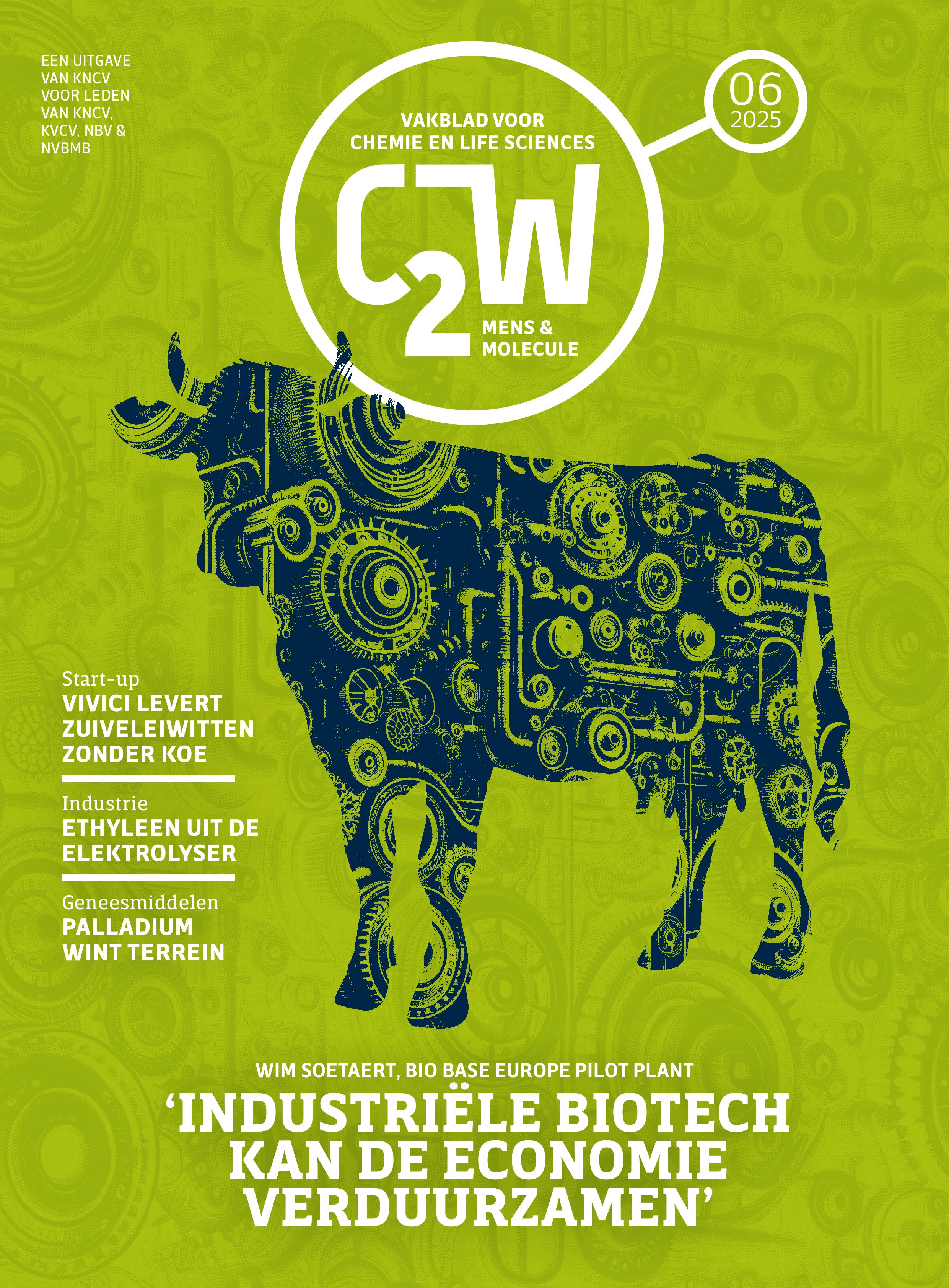Wenst u een activiteit te laten opnemen in deze lijst? Geef uw activiteit door via dit formulier.
Innovative composites with photocatalytic properties: a possible approach for environmental remediation

Categorie
Doctoraatsverdediging
Date
2019-12-09 13:00
Locatie
Universiteit Antwerpen, Campus Drie Eiken, Gebouw R, Lokaal R.102 - Universiteitsplein 1
2610 Antwerpen, België
2610 Antwerpen, België
Promovendus/a: Radu-George Ciocârlan
Promotor(en): Prof. Pegie Cool
Nowadays water pollution is one of the most important social issues in many countries, mostly because of the presence of organic compounds in wastewaters after their use in industrial purposes. The textile industry is well-known for the use of considerable amounts of water for the big scale processes together with dyes. On the other hand, the climate change issue is becoming a more and more delicate topic, due to the continuous increase of “anthropogenic” greenhouse gases. With a contribution of around three quarters to the total greenhouse effect, carbon dioxide (CO2) is the most important compound in terms of abundance.We focused on developing materials able to sustain photocatalytic processes in liquid and gas phases, in order to overcome a part of the limitations related to the use of pure TiO2. During this search, we used a lab-scale approach and model-dye solutions, as finally to test our materials on real streams of wastewater, provided by authentic textile factory. The photocatalytic process occurs when the electrons (e−) from the valence band (VB) of a semiconductor are excited by an energy that matches or exceeds the band-gap energy of the semiconductor, leading to promoted electrons to the conduction band (CB). To assist this process, we used a series of different types of materials e.g. TiO2-anatase, ferrites, freudenbergite, layered double hydroxides (LDH) and noble metals (Au and Ag).
Titanium dioxide is generally regarded as one of the most promising materials for the use in photocatalytic field, due to its strong oxidation power, its high photocatalytic activity, excellent stability, non-toxicity and low cost production. However, some limitations prevent the use of pure TiO2, related to the difficulty to recover the material after the use, the electron-hole recombination and the wide band-gap energy. In order to solve a part of those problems, we selected a second material with semiconductive properties to be used in combination with TiO2, namely ferrite systems. In the first step, simple ferrites consisting of spinel-type MFe2O4 (M = Zn, Co, Ni and Cu) were used in combination with TiO2-anatase, in order to determine the influence of each cation on the photocatalytic process. Furthermore, complex mixed ferrites were used in aggregate nanocomposites together with TiO2. An immediate advantage of using ferrite-TiO2 systems proved to be the magnetic properties induced in the nanocomposites which give the opportunity to separate the catalyst after the reaction.
Alle datums
- 2019-12-09 13:00
Powered by iCagenda

